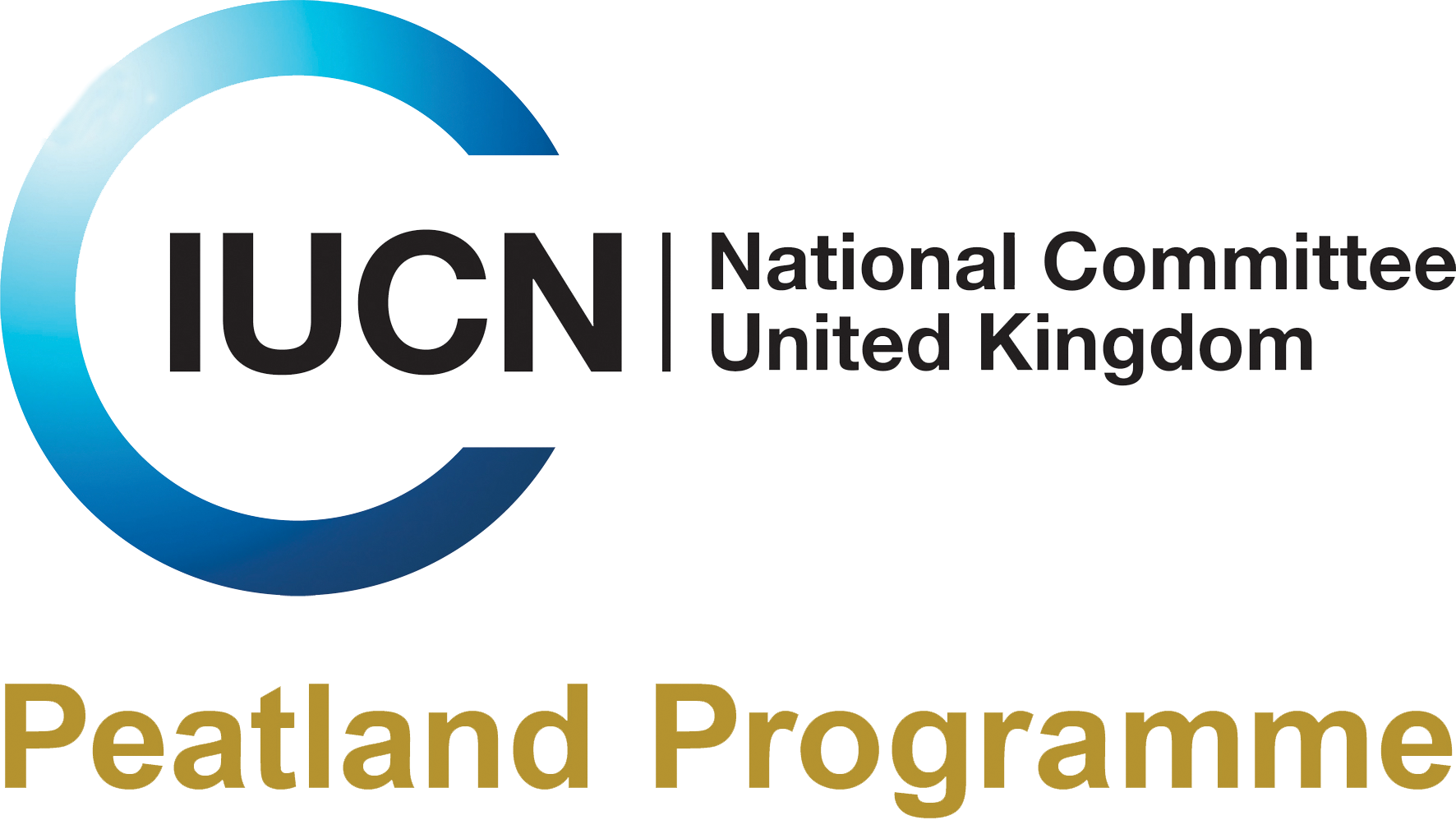The news of the ongoing Australian fires is deeply concerning both in terms of the impact on people, wildlife, the environment and the picture it paints of the risks brought about by changing weather patterns and the global climate crisis. The threat to human lives, disruption to travel as well as the huge financial costs in tackling the fires and dealing with the aftermath deserves urgent international attention. Recent media in the UK (e.g. ‘The green agenda is exacerbating Australia’s wildfire problem’ and ‘Australia’s wildfires prove that you cannot simply ban burning’) has drawn inappropriate comparisons between the management of the fires in Australia and the use of fire in moorland management in the UK.
Firstly, the underlying climate, habitat and natural fire regimes in the UK and Australia are not comparable. Secondly, land management techniques and the use of prescribed fire in these different ecosystems is also incomparable due to the vastly different fuel loads in an Australian dry-forest bush ecosystem and carbon-rich peatlands with their differing ecological condition and natural resilience of these habitats. In addition the risks associated with soil carbon loss from an out-of-control burn are incomparable; carbon rich peat soils are not prevalent in the current wildfire areas of Australia whereas a ‘deep burn’ on peatlands in the UK places at risk the release of large amounts of stored carbon.
With regards to managed burning in the UK the IUCN UK Peatland Programme has produced a position statement on burning and peatlands.
On UK peatlands, high fuel loads of heather and grasses and dry exposed peat are consequences of lower water tables from drainage, compounded by over-grazing and repeated burning. A healthy peatland with high, stable, water tables and Sphagnum growth, naturally suppresses excess heather and other dry understory ground vegetation.
Scientific opinion as to the pros and cons of managed burning continues to be divided, in part due to limited research available, but in the confusion, we risk missing the bigger picture. Wet bogs don’t burn and don’t need burning. Rewetting blanket bogs within our moorlands and conserving those that are already in good condition clearly must be the shared goal in any effective strategy to address wildfires. The most effective long-term sustainable option is to return these sites to fully functioning peatland habitat by removing those factors that can cause degradation, such as drainage, intensive grazing and burning. Recovering functioning peatland habitat also delivers a raft of other benefits to help fight the climate and ecological crises we are facing such as reducing flood risk, improving biodiversity and reducing greenhouse gas emissions.
With specific reference to the Moorland Association’s news article on the 9th January 2020 (‘Australia’s wildfires prove that you cannot simply ban burning’) the importance of peat rich, upland areas as the “green lungs of our country” is highlighted, but the key issue of hugely significant carbon emissions from peatlands as a result of degradation is ignored. The diagram presented refers to outdated 2006 emissions inventory data which doesn’t include emissions from peatlands. The latest official greenhouse gas figures available from 2017 show that the scale of degraded peatlands across the UK accounts for a staggering c.5% of UK emissions (23,100 kt CO2e yr-1) as a result of their damaged and degraded condition. The current body of scientific evidence suggests that burning may have contributed to the onset of erosion, degradation and increased carbon emissions from the UK’s peatland habitats.
Whilst managing the above ground fuel load on peatlands is important, keeping the below ground fuel load wet and therefore fire resistant is critical. Between the mid 1970’s and 2003 when rotational burning was not only accepted practice but a compliance requirement of agri-environment schemes of the time, there were over 400 serious wildfires in the Dark Peak, Peak District, often on dry peat where there was virtually no vegetation left to burn. The result was over 3,000 hectares of bare and eroding peat - the most degraded upland landscape across Europe.
Peatland managers from across the water industry, livestock, sporting and nature conservation sectors have all agreed that damaged peatlands are an unsustainable liability and that rewetting makes sense for business, livelihoods and the environment. Government policy on burning management is clear that burning should not take place on areas of deep peat and that restoration of degraded peatlands does not require heather to be burned off. In some special circumstances burning is permitted as a tool to support peatland restoration but there is limited scientific evidence as to the benefits compared to a no-burn approach. Numerous peatland projects successfully rewet peatlands without burning. The deliberate introduction of fire to an already degraded and vulnerable system brings risk of both further habitat damage, perpetuating the problem, as well as increasing the risk of wildfire where burns get out of control.
There is consensus that burning on healthy blanket bog is not appropriate, not least as there is little to burn anyway, so we are left with the question of what to do with the heather that occupies recovering peatlands during rewetting. The natural shift from heather or grass dominated peatlands to more complex Sphagnum rich vegetation communities, with higher resilience to drought and fire, can be surprisingly quick, within a few years in some sites but may take a few decades in more damaged and challenging areas. With increasing likelihood of climate change bringing more extreme periods of dry weather it is important to tackle the fire risk on these recovering peatlands.
A sensible part of peatland restoration is to have proper planning to reduce the risk of wildfires, including employing non-burning methods to remove fuel load where necessary during the recovery period, raising visitor awareness of wildfire risks and having systems in place to both to provide early warnings during high risk periods (such as the Peak District’s Operation FireWatch) as well as efficiently and effectively tackle wildfire incidents.
